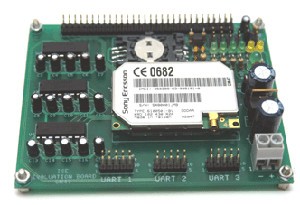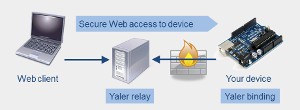Atmel has recently launched a new wearable computing development platform aimed at energy-efficient IoT and wearable computing applications, just in time for the influential 2016 Consumer Electronics Show in Las Vegas.
This ultra-low-power platform, based on the BTLC1000 system-on-chip, is a design-ready development board that showcases some of Atmel’s power-efficient, smart and secure devices for embedded wireless connectivity applications, as well as inertial and environmental sensors from Atmel’s technology partners.
The ATBTLC1000 SoC offers a complete hardware and software solution – making it easy to get started with the development of portable, battery-powered devices with Bluetooth Smart (Bluetooth Low Energy 4.1) connectivity – serving application areas such as wireless data logging, wearable computing, and other popular and rapidly growing IoT markets.
Atmel’s new hardware platform is one of the smallest, most power-efficient Bluetooth Smart hardware reference platforms on the market aimed at IoT and wearable applications – and it’s very easy to get started using it for evaluation and hardware or software development, with everything you need to get started provided ready-to-go.
Atmel believes this development platform provides a hardware and software ecosystem that is easy to use out-of-the-box, helping developers accelerate their product development in emerging areas such as wearable computing, personal healthcare and fitness logging devices, Bluetooth Smart IoT applications and other markets.
All of which could benefit from the powerful combination of wireless Bluetooth Smart connectivity, a powerful ARM Cortex-M0+ microcontroller, on-board temperature, humidity and pressure sensors, a six-axis inertial measurement unit, and very efficient use of battery power.
Atmel’s Wearables Demo platform integrates the Atmel Smart SAM L21 ultra-low-power microcontroller, which uses an ARM Cortex-M0+ core, alongside Atmel’s ATBTLC1000 system-on-chip which gives the system wireless connectivity using Bluetooth Smart.
The platform also includes a capacitive touch sensor interface, hardware cryptographic and security capabilities, and a set of sensors from Atmel’s partner Bosch Sensortec. The sensors provided on the board include a BHI160 6-axis inertial measurement unit, measuring acceleration and rotation in three dimensions, and a BME280 environmental sensor which provides temperature, humidity and barometric pressure measurements.
All these hardware features are integrated into a very small reference board with dimensions of only 40 by 30 millimetres, making this reference design particularly attractive for developers working on size-critical applications such as portable and wearable devices.
Of course it’s still a valuable development platform for all kinds of IoT applications requiring Bluetooth Smart connectivity or as an evaluation platform for the ATBTLC1000 or any of the other devices featured on the board, even if the application you’re working on is not size-critical.
Atmel’s new ATBTLC1000 Bluetooth Smart chipset is available packaged in a tiny 2.2 x 2.1mm Wafer-Level Chip Scale Package, making it 25 percent smaller than the closest competing Bluetooth Smart device on the market. This enables designers to create ultra-compact designs for the next generation of Bluetooth-connected wearable devices, Internet-of-Things products and industrial applications.
Furthermore, power management is a highlight of the new platform – the Atmel Smart SAM L21 microcontroller at the heart of Atmel’s Wearable Demo platform is claimed to be the lowest-power ARM Cortex-M0+ microcontroller on the market, and this is combined with the industry-leading energy efficiency of the ATBTLC1000 Bluetooth Smart system-on-chip.
This makes it a perfect foundation for battery-powered IoT and wearable computing applications where strong energy efficiency and battery runtime is important but the performance of a 32-bit ARM microcontroller is also desired.
The SAM L21 has a current consumption as low as 35 microamps per MHz in active mode, and right down to 200 nanoamps in sleep mode. In fact, the power consumption of this microcontroller is so low that it can often be powered from a single lithium coin cell in some applications.
This device delivers an impressive score of 185 in the EEMBC ULPBench suite, which is an industry-standard benchmark of energy efficiency in low-power embedded devices, and this is the best score recorded for any ARM Cortex-M0+ device currently on the market.
This powerful, compact hardware platform is also backed up by a software ecosystem provided by Atmel, making it a complete development platform that allows you to very easily get started experimenting with and developing energy-efficient IoT and wearable computing applications that combine Bluetooth Smart connectivity with a powerful microcontroller, long battery life, and a range of sensors, all in a very small form factor.
 To help you get started easily, the software development process is simplified through the use of Atmel Studio 7, Atmel’s flagship IDE for their microcontroller products.
To help you get started easily, the software development process is simplified through the use of Atmel Studio 7, Atmel’s flagship IDE for their microcontroller products.
This platform is also compatible with Atmel START, Atmel’s intuitive new web-based development tool for software configuration and code generation, and Atmel also has a real-time operating system available for use with the ARM chipset.
We’re excited about the possibilities with this new chipset from Atmel – and with the Internet of Things and how it can be used to create new and innovative solutions to our customers’ requirements.
Here at the LX Group we have end-to-end experience and demonstrated results in the entire process of IoT product development, and we’re ready to help bring your existing or new product ideas to life. Getting started is easy – click here to contact us, telephone 1800 810 124, or just keep in the loop by connecting here.
LX is an award-winning electronics design company based in Sydney, Australia. LX services include full turnkey design, electronics, hardware, software and firmware design. LX specialises in IoT embedded systems and wireless technologies design.
Published by LX Pty Ltd for itself and the LX Group of companies, including LX Design House, LX Solutions and LX Consulting, LX Innovations.


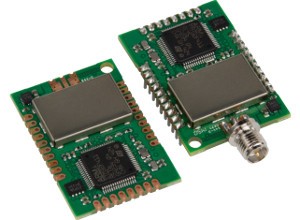
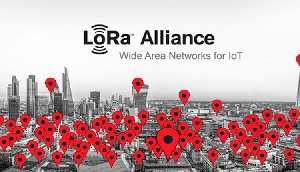 The latter is more flexible, but because it requires the radio receiver to be kept online listening for new downlink messages all the time, this is the most power-inefficient mode compared to the former scenarios where the radio can be powered down. This is another way that the LoRaWAN protocol helps to maintain strong power efficiency in the endpoint devices.
The latter is more flexible, but because it requires the radio receiver to be kept online listening for new downlink messages all the time, this is the most power-inefficient mode compared to the former scenarios where the radio can be powered down. This is another way that the LoRaWAN protocol helps to maintain strong power efficiency in the endpoint devices.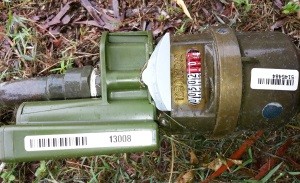 Taggle’s network offers two major areas of use. The first is data acquisition, where small amounts of data can be collected from a very large number of sensors across a wide geographical area. The second valuable use-case is the location of objects within the area covered by the Taggle network.
Taggle’s network offers two major areas of use. The first is data acquisition, where small amounts of data can be collected from a very large number of sensors across a wide geographical area. The second valuable use-case is the location of objects within the area covered by the Taggle network.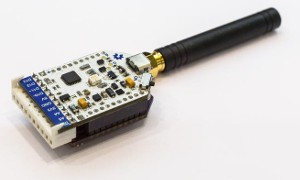 Although the SigFox technology can’t accommodate heavy amounts of Internet data such as streaming media, it is well suited to carrying simple messages in Internet-of-Things and telemetry applications, employing lightweight transport protocols such as MQTT.
Although the SigFox technology can’t accommodate heavy amounts of Internet data such as streaming media, it is well suited to carrying simple messages in Internet-of-Things and telemetry applications, employing lightweight transport protocols such as MQTT. 

